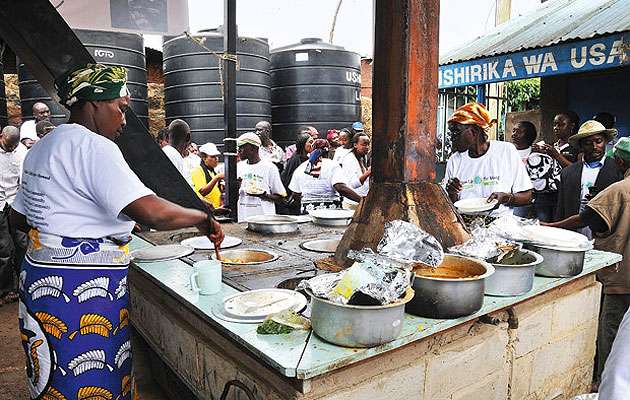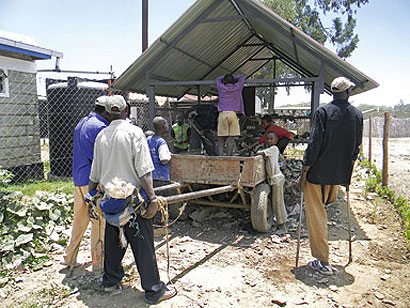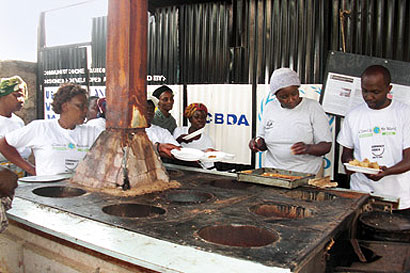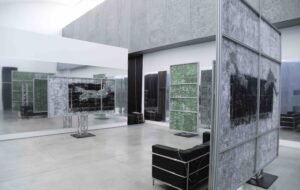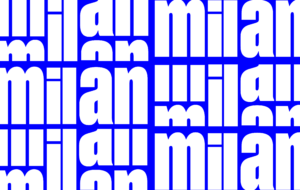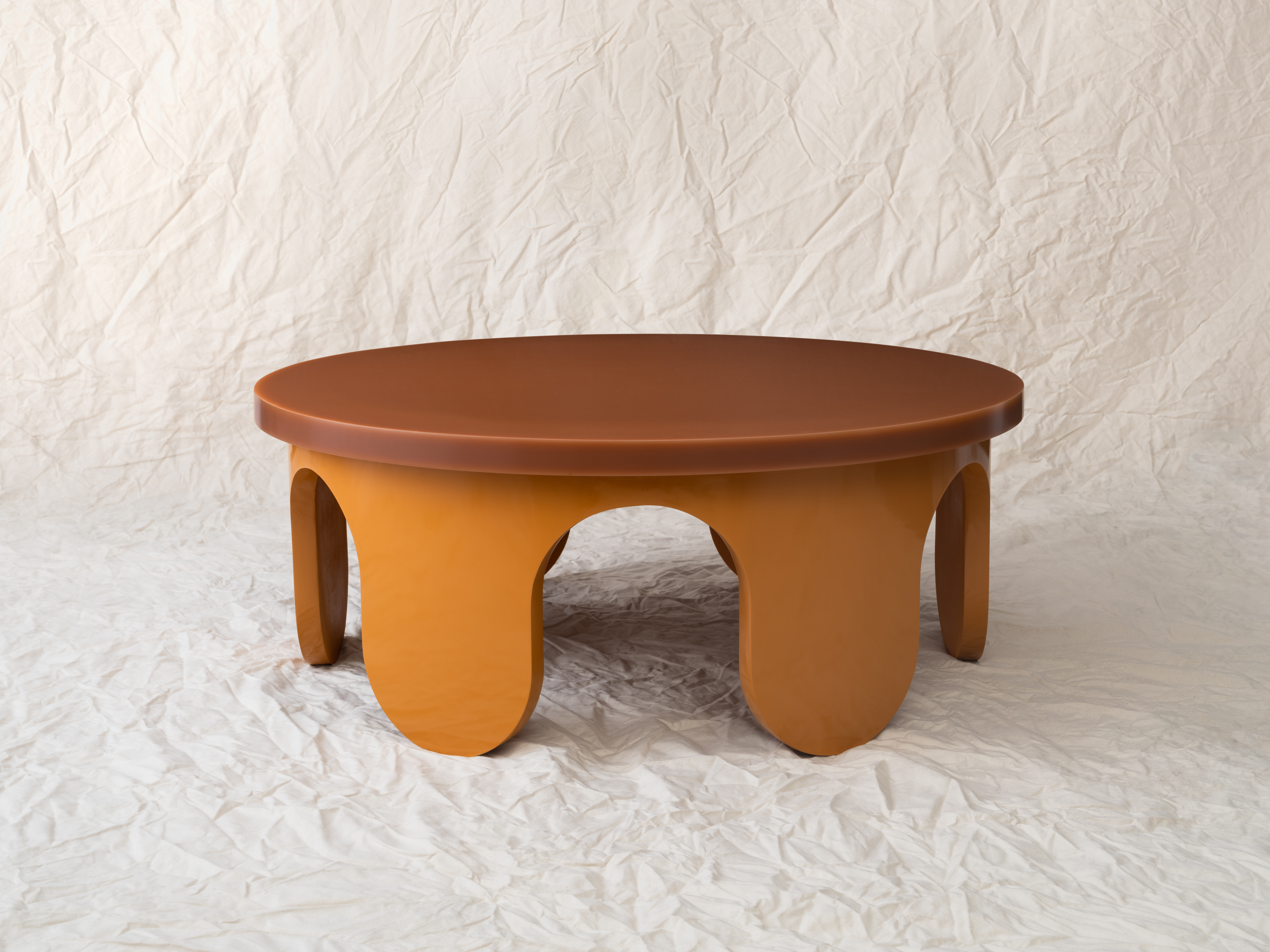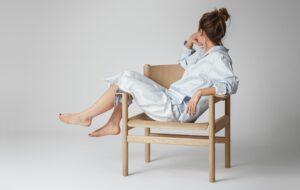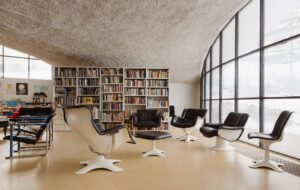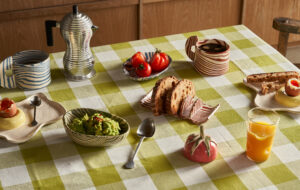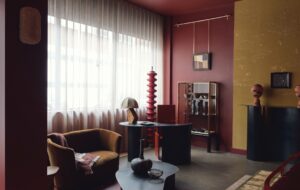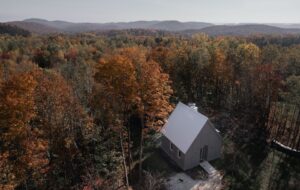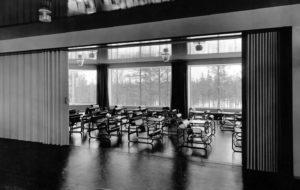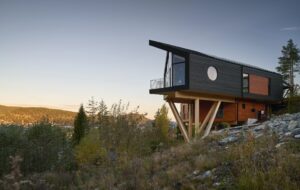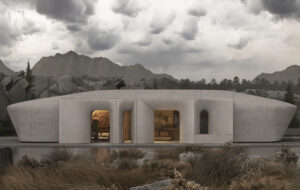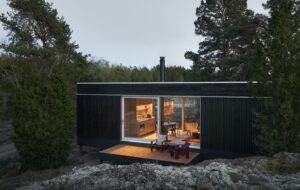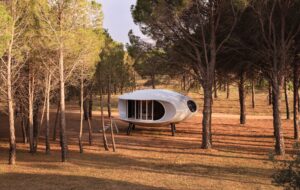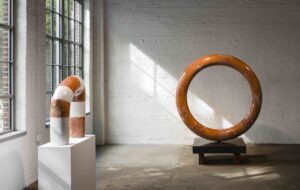|
|
||
|
ICON How did you come up with the idea for the Community Cooker? JIM ARCHER In the early 1980s I began to be incredibly troubled by the amount of rubbish that seemed to be everywhere in Kenya, as much in the rural as urban areas. I was born and grew up in Kenya and in my childhood and youth it was the most beautifully immaculate, spotlessly clean country on earth. So I began to wonder how I could make rubbish into an attractive, useful commodity that would make people pick it up and it occurred to me that if I could create a simple machine in which to burn it, on which people could cook food and heat water, that might be very appealing. Fuel, wood and charcoal were increasingly expensive and vegetation was shrinking at an appalling rate. I must have looked a rather peculiar person in those early years: scrubbing about in rubbish piles and looking to see what they largely comprised and wondering if it was burnable or not. Had it occurred to me then that I would have to get the burning temperature from 300°C, which rubbish burns reasonably naturally at, up to 800°C, I wonder if I ever would have had the courage to go ahead. However ignorance is bliss, so we set out on this amazing journey towards producing a Community Cooker. ICON Why does the temperature have to be so high and how did Firebox Francis help you achieve it? JA The World Health Organisation guidelines decree that incinerators have to burn rubbish at a minimum temperature of 800°C in order to meet its standards for preventing noxious gas emissions. It was in Kibera (the largest slum in Africa) that I first came across Firebox Francis. We were struggling with the temperature – we’d got it up, I think, to about 400-450°C and it looked like we weren’t going to get it any higher. I had, by then, stumbled upon the use of discarded engine oil to help ignite the rubbish, but Firebox Francis – a young slum-dweller approached me one day and said in Swahili: “We can solve this.” He seemed to regard himself as part of the team immediately, which was lovely, and he showed us that if we dripped oil and water at the same rate onto a steel plate that had been heated in advance it burst into flames and the resulting temperature was dramatic. If we’d experimented at our office, rather than in the hard-to-access slum, we’d never have found him – he found us. Soon afterwards, in the post-election violence that happened all over Kenya in 2007-2008, Kibera was very badly affected, with many houses burned and levelled. People were murdered and others fled never to return, including Francis. When we ventured back, we found the area around the Community Cooker almost entirely flattened, but the Community Cooker was untouched. Totally untouched, it was amazing …
ICON I wonder whether you could give some impression of the slums and the ingenuity of its inhabitants – what kind of area is the Community Cooker located in? JA I’ve spent a lot of time in the slums, walking around, sitting and listening to the slum-dwellers. I was always struck by their resilience, their humbleness, their constant cheerful attitude towards their status in life and their ability to make do with what they have. I mean, one would see women, for instance, coming out of the most primitive shacks immaculately dressed and I would think to myself: how do they do that? Where do they get the water to wash those clothes with? Where do they get the water to wash themselves with and how do they afford the soap powder to wash the clothes? Do they have a flattening iron to iron out all the creases? How do they dry the clothes? You know, there’s no space between the houses to hang things up on clotheslines. Those sort of things used to astonish me and their ability to make do, quite cheerfully, on the simplest of meals, very often without a cooked meal for days on end and frequently drinking water that, if you or I drank, would send us to hospital within a few hours. So their stomachs, of course, are pretty much cast iron. Most of the houses in Kibera are made of rusted corrugated roofs with mud and wattle walls and beaten earth floors. Sometimes the earth would have some crushed stone beaten into it. They would have very simple shuttered windows – no glass – just timber shutters and very simple shuttered doors with a clasp and a padlock. There would be, if they were lucky, one pit latrine for every 500 people or so. The whole of Kibera is somewhere between 20 and 40 acres, and it has an estimated population of about 750,000 to one million. ICON How does the Community Cooker help to consolidate community life? JA For me, it’s been one of the major delights – if that’s the right word – to watch what’s beginning to happen, and really quite unexpected because in Kenya tribes are still fairly separate in the way they behave towards each other. But people of all tribes are beginning to cook on the Community Cookers at the same time. Cooking is traditionally a very private matter, but now I’m really happy to be able to say it’s becoming a social event and people are there laughing and joking and one knows that there are a number of tribes participating because they’re all having to speak to each other in Swahili or pidgin English. I enjoy watching the little old women coming and cooking, and learning for themselves that what they’re cooking on is the rubbish that has been the bane of their lives. And I love watching the small kids coming and washing their hands and feet in warm water, which is something some of them have never, ever done. To watch the excitement that generates is so rewarding.
ICON How do you hope the Community Cooker might be rolled out across Africa and the world? JA Well, I think we’re getting there slowly. There are four now in operation, which doesn’t sound like many, but I was determined to iron out all the gremlins before we built more. The firebox and combustion chamber are the most complicated pieces and we’ve been investigating laser-cutting to make those – now that sounds awfully expensive but, in actual fact, if you’re creating 300 or even 3,000 pieces it becomes very inexpensive. The rest of it can be, quite honestly, built by any semi-skilled labourer who can read a drawing. I want some sort of a flat-pack system which can be air-freighted into disaster areas. When Haiti happened and the tsunami hit Japan, I watched in horror and thought, my goodness if we only had 100 Community Cookers there. What they do have in abundance is rubbish – they haven’t got anything else. And if we had 100 Community Cookers which could be erected and up and running within 48 hours, they could be having hot food, hot water, electricity: very useful things. |
Image Peter Greste; Community Cooker Foundation
Words Christopher Turner |
|
|
||

